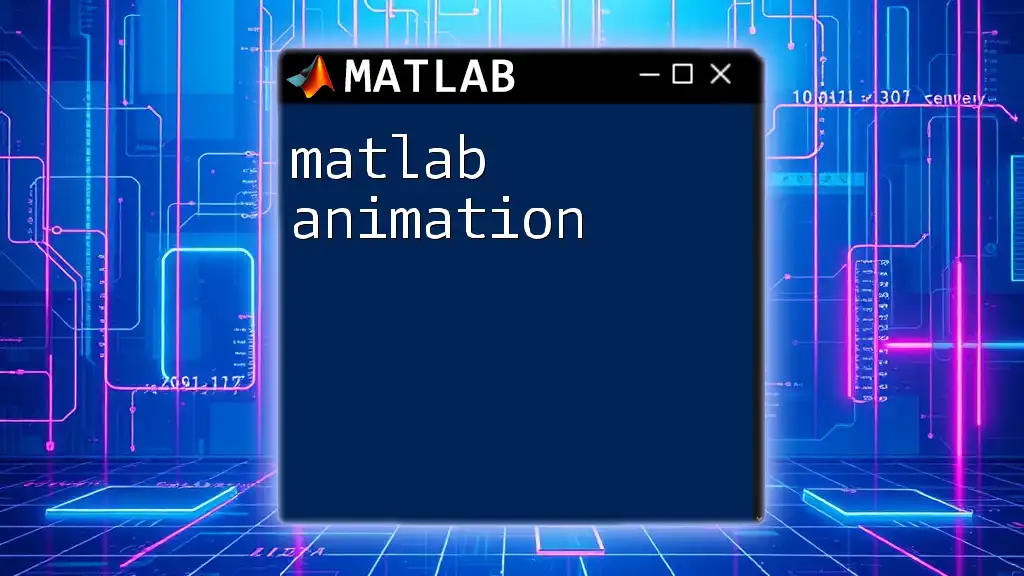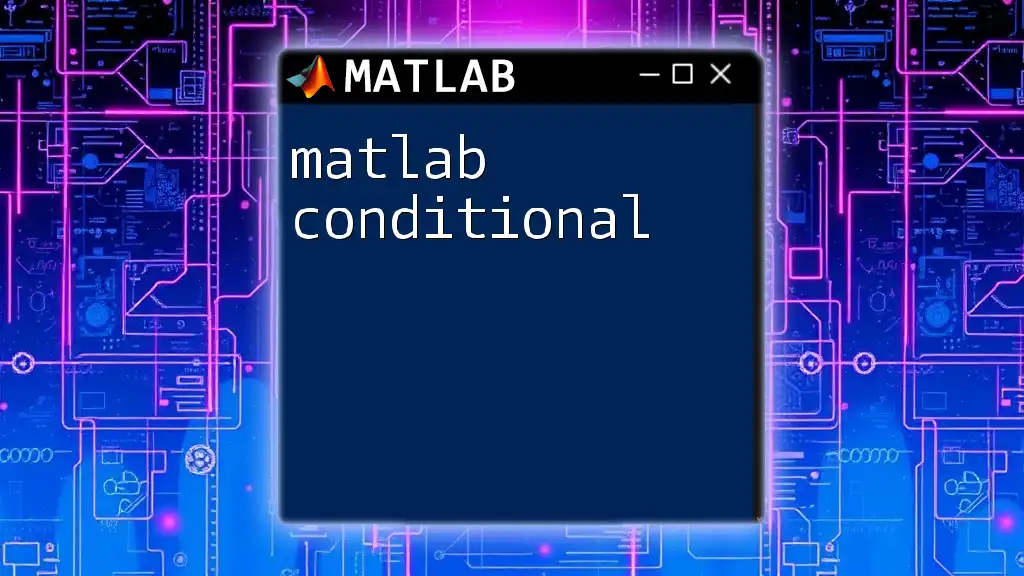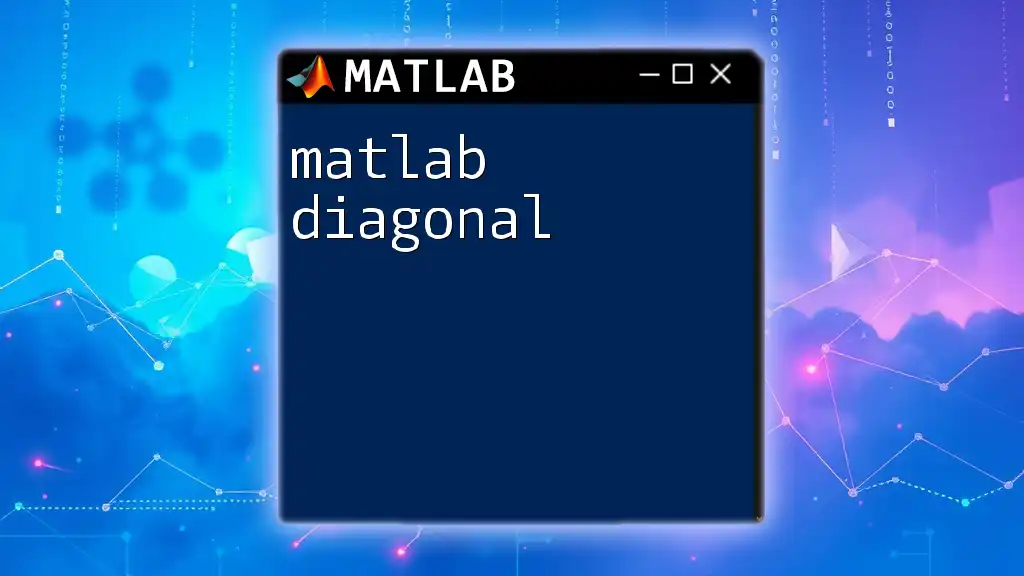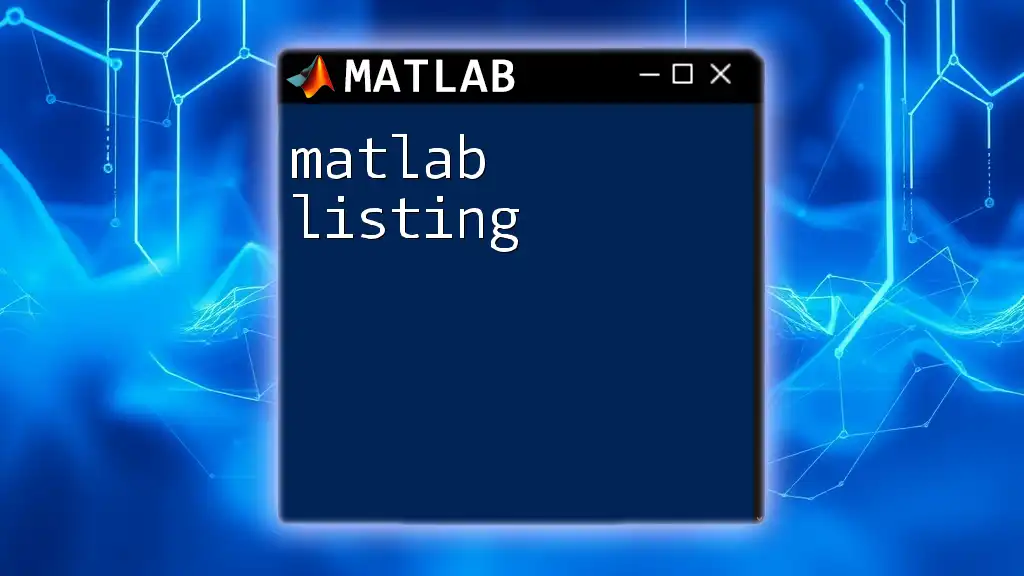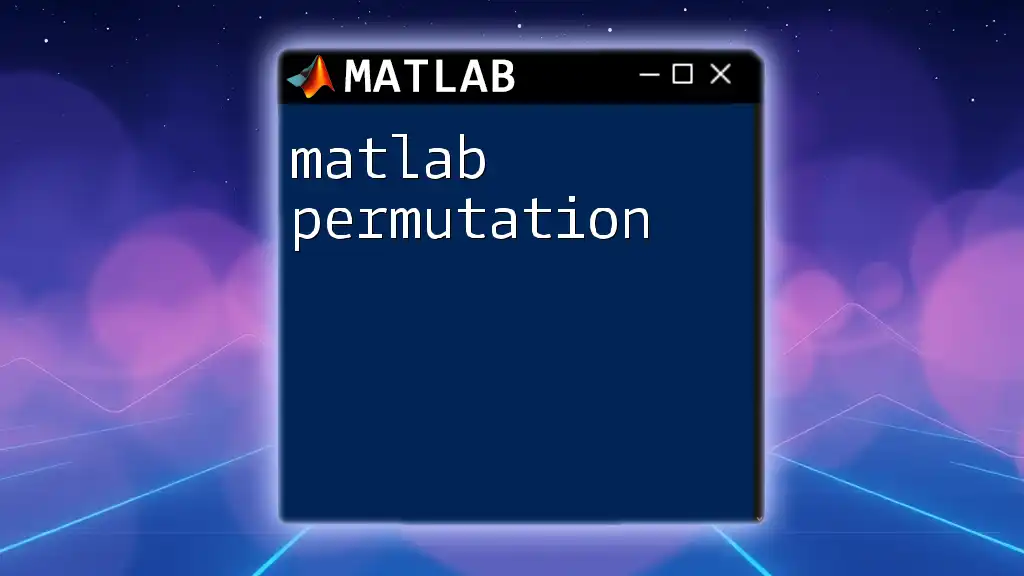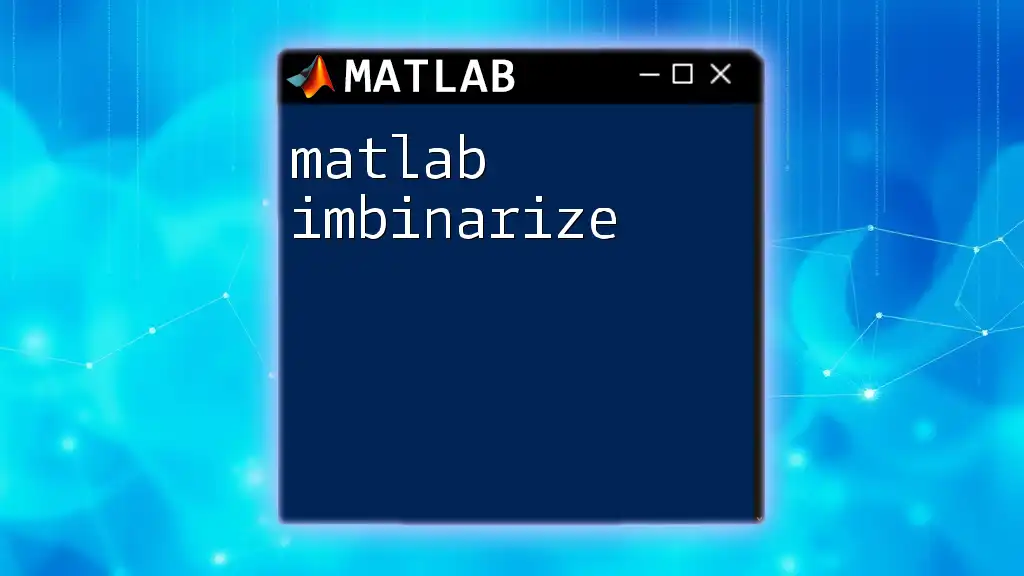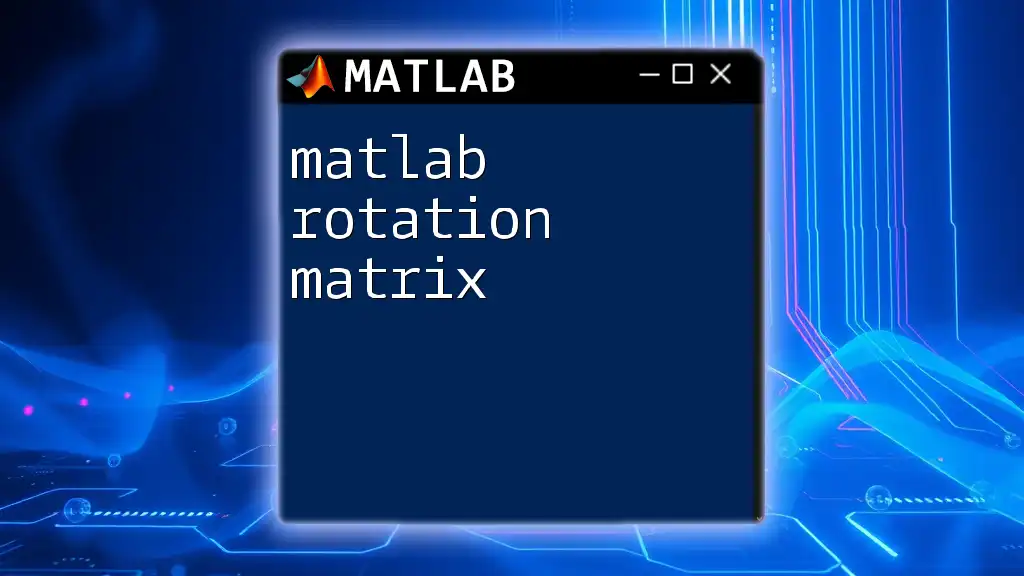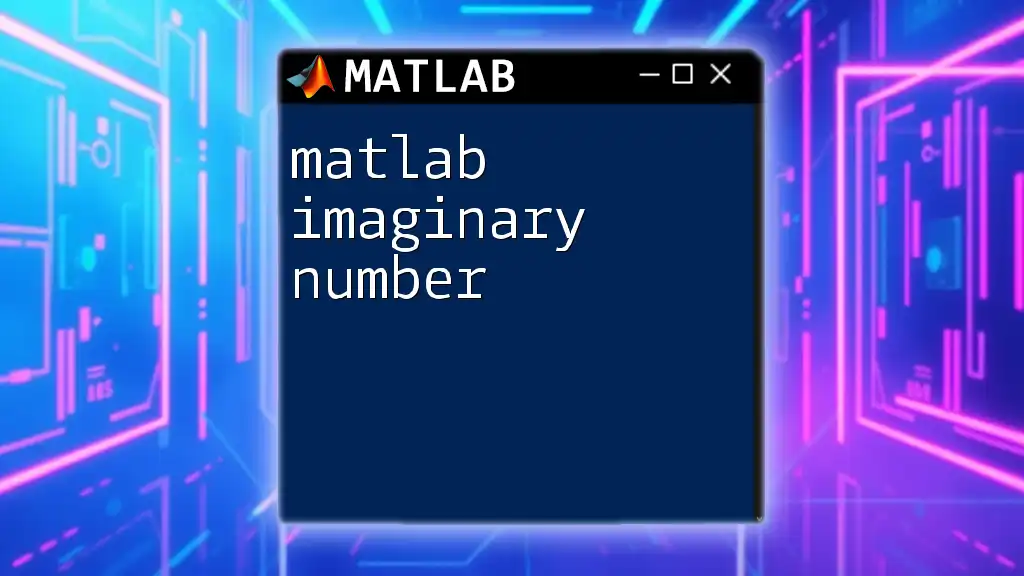Matlab animation involves creating dynamic visual representations of data by sequentially updating graphics in a loop, allowing users to illustrate changes over time effectively.
% Simple MATLAB animation example
x = 0:0.1:10; % Define x range
y = sin(x); % Calculate y values
h = plot(x, y); % Initial plot
axis([0 10 -1 1]); % Set axis limits
for k = 1:100
y = sin(x + k*0.1); % Update y with a phase shift
set(h, 'YData', y); % Update the plot
pause(0.1); % Pause for 0.1 seconds
end
Setting Up Your MATLAB Environment for Animation
Installing MATLAB is the first step for anyone eager to learn about MATLAB animation. Visit the official MathWorks website to download and install the latest version of MATLAB, following the straightforward setup instructions provided. Each installation may vary slightly based on your operating system, but the key elements remain consistent.
Once you have MATLAB installed, it’s crucial to familiarize yourself with the MATLAB interface. The primary components include:
- Command Window: This is where you interact with MATLAB via commands.
- Workspace: Displays the variables stored in memory and allows for quick viewing and editing.
- Editor: Ideal for writing scripts and functions; it offers debugging tools to assist in code development.
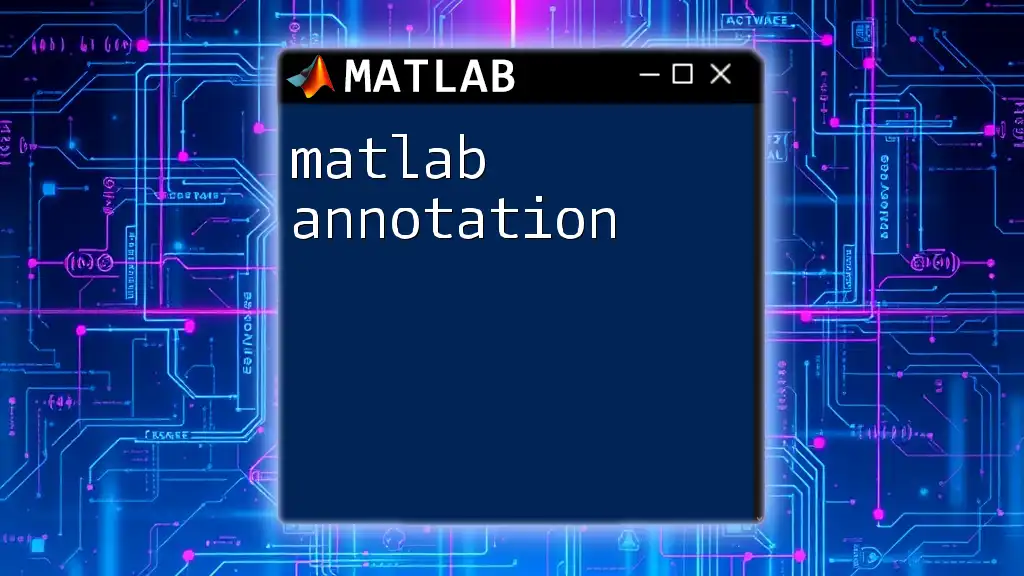
Basic Concepts of MATLAB Animation
In the realm of MATLAB animation, understanding frames is fundamental. Each frame represents a single state of your animated object at a specific time. When combined, these frames form a sequence that creates the illusion of movement.
The `plot()` function is pivotal in generating animated visualizations. With it, you can create static graphs that can be updated dynamically to illustrate changes over time. For instance, a simple transition from a static plot to a dynamic one can significantly enhance comprehension.
Example 1: A Simple Sin Wave Animation
A common starting point is animating a sine wave. Here’s a step-by-step example demonstrating how to achieve this:
% Simple sine wave animation
t = 0:0.01:2*pi; % Time vector
h = plot(t, sin(t)); % Initialize plot
axis([0 2*pi -1 1]); % Set axis limits
for k = 1:100
h.YData = sin(t + k/10); % Update Y data
pause(0.1); % Pause to create animation effect
end
This code snippet illustrates a basic animation. The sine wave is created using the `plot()` function. By iterating through a loop, the Y data is updated for each frame, while the `pause()` function allows control over the speed of the animation, creating a smooth visual transition.

Advanced Animation Techniques
Animating multiple objects can further enrich your animations. By layering multiple plots, you can show how different elements interact over time. The following code snippet demonstrates this technique with both a sine and cosine wave animated together:
% Example: Multiple sine waves animation
t = 0:0.01:2*pi;
hold on; % Hold the current plot
h1 = plot(t, sin(t)); % First sine wave
h2 = plot(t, cos(t)); % Second sine wave
axis([0 2*pi -1 1]);
for k = 1:100
h1.YData = sin(t + k/10); % Update first sine wave
h2.YData = cos(t + k/10); % Update second sine wave
pause(0.1);
end
Using the `hold on` command allows multiple plots to be displayed on the same graph, enhancing depth in your animation.
Additionally, `getframe()` can be utilized for more complex animations where capturing the entire figure is necessary. This function captures frames that can be combined into a video for a polished final product.
Saving Animations as Videos
To save your animations, create a video file that can be shared and viewed independently of MATLAB. Here’s how to do this:
% Save animation as a video
v = VideoWriter('sinewave.avi'); % Create video object
open(v);
for k = 1:100
h.YData = sin(t + k/10);
frame = getframe(gcf); % Capture the current figure
writeVideo(v, frame); % Write frame to video
end
close(v);
In this example, the `.avi` file format is used; however, MATLAB supports several formats. The combination of `open()`, `getframe()`, and `writeVideo()` helps in capturing each frame of your animation and compiling them into a cohesive video representation.
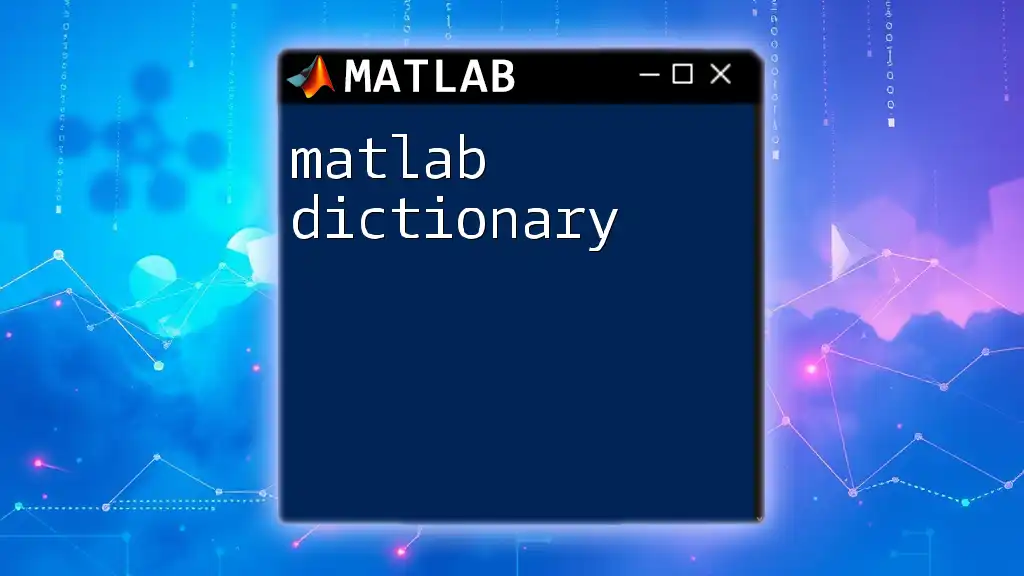
Common Pitfalls and Troubleshooting
While creating MATLAB animations, one may encounter common pitfalls. Debugging is an essential skill—failing to update plot properties, issues with axis limits, or incorrect data types can all lead to frustrating outcomes. To prevent these issues, always review your code thoroughly and utilize breakpoints for easier debugging.
Moreover, optimizing performance is crucial for achieving smooth animations. Reducing the number of updates (frames) per second can sometimes alleviate lag. Ensure that unnecessary calculations are removed from your animation loops, focusing only on essential updates.
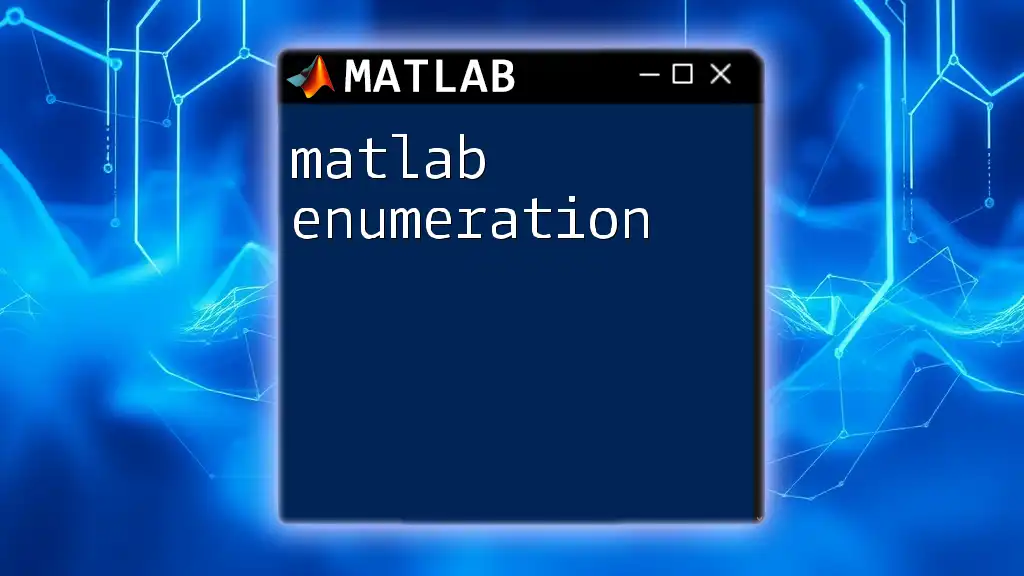
Conclusion
Mastering MATLAB animation significantly enhances your data visualization capabilities. As you dive deeper into the practice, the potential for implementing animations in various domains—from engineering simulations to educational demonstrations—becomes clear.
Next Steps for Learners
As you continue your journey into MATLAB, consider exploring more complex animation techniques or integrating graphics and interactive elements. Look into required skills such as vectorized operations or user-interface design to elevate your projects.

Additional Resources
To further your knowledge in MATLAB, consider diving into specialized books and online courses that focus on both basic and advanced topics, including animation. Engaging with the MATLAB community and forums provides opportunities to interact with other learners and experienced users, allowing for knowledge sharing and collaboration.

Call to Action
Join our MATLAB community to take advantage of courses focusing on essential commands and effective animation techniques. With dedicated practice and engagement, elevating your skills in MATLAB animation is highly achievable!

